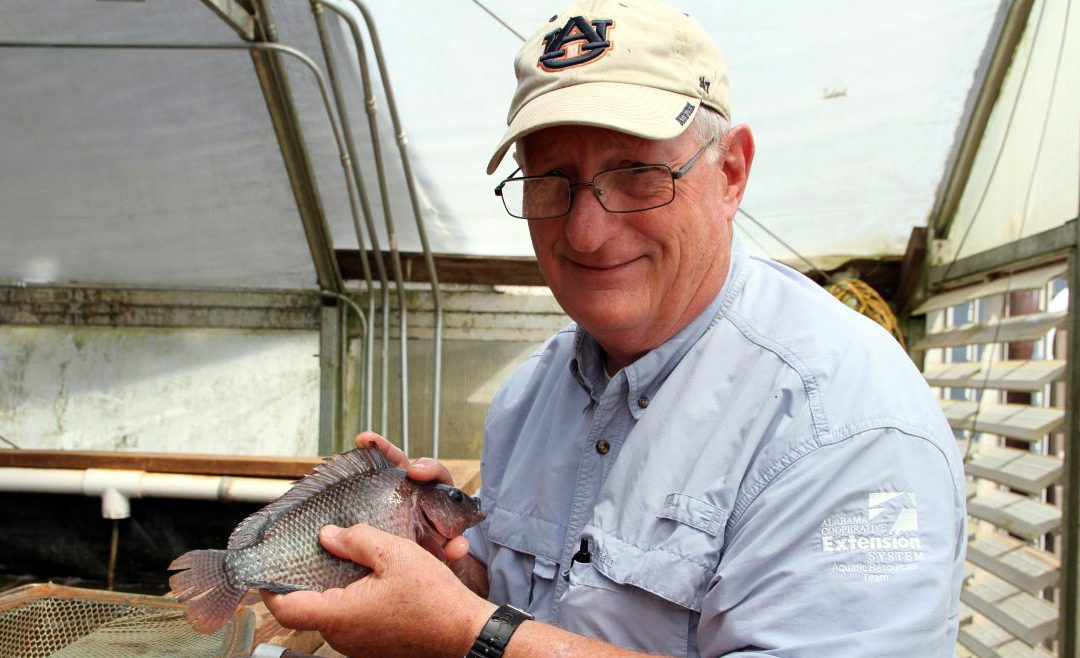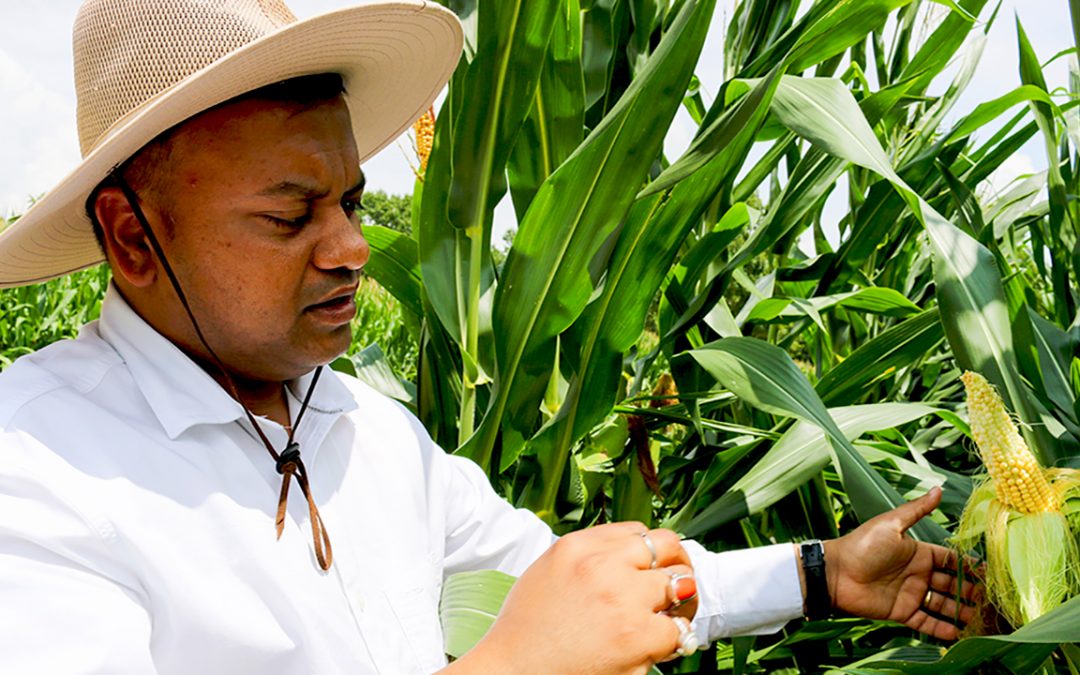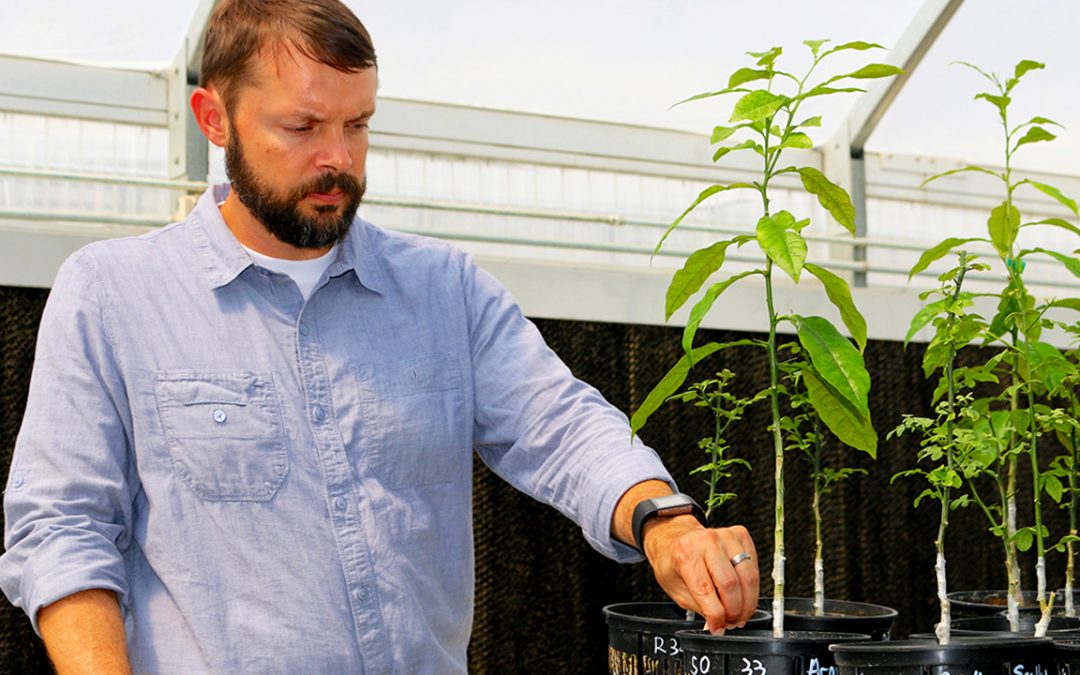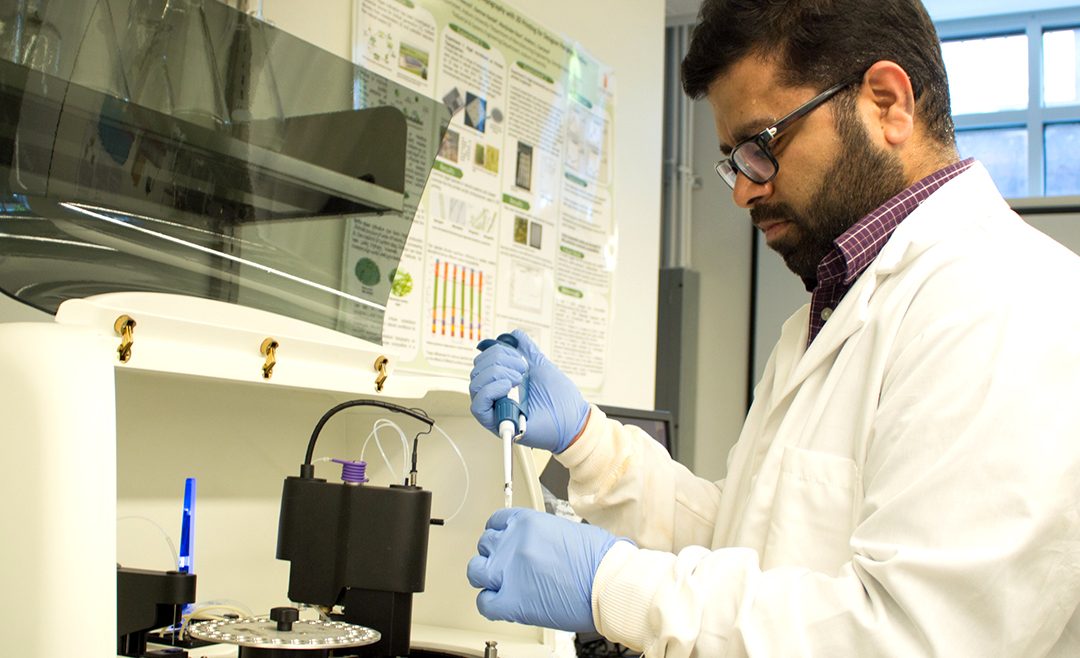
by Paul Hollis | Sep 25, 2018 | Alabama Agricultural Experiment Station, Feature, Research, School of Fisheries, Aquaculture & Aquatic Sciences
By Paul Hollis / Sep 25, 2018 3:27:30 PM Feature Auburn University’s Aquaponics Working Group has a new vision for U.S. aquaculture, one that includes far more predictability and efficiency than today’s timeworn models of commercial fish production. “Need is the...

by Paul Hollis | Jul 27, 2018 | Crop, Soil & Environmental Sciences, Farming, Feature
Jul 27, 2018 10:55:58 AM Feature By Paul Hollis Farmers will need to change their management strategies over the next few decades to adapt to impending climate extremes, according to a study recently published by researchers at Auburn University and Pennsylvania State...

by Paul Hollis | Jun 21, 2018 | Alabama Agricultural Experiment Station, Research
Jun 21, 2018 10:27:58 AM News By Paul Hollis Cost and efficiency are high on the list of concerns for Alabama farmers and equally high on the list of priorities for Auburn University researchers. The Alabama Agricultural Experiment Station’s Production Agriculture...

by Paul Hollis | Jun 4, 2018 | Biosystems Engineering, Feature, Poultry Science, Research
Jun 4, 2018 10:38:15 AM Feature By Paul Hollis The poultry industry in Alabama contributes more than $15 billion to the state’s economy each year, but along with the revenue and jobs, it also produces about 1.8 million tons of waste, or litter, annually. Ensuring this...
by Paul Hollis | May 1, 2018 | Feature, National Poultry Technology Center, Poultry Science
Live poultry production in the U.S. is on the cusp of revolutionary changes, and Auburn University’s National Poultry Technology Center, or NPTC, is helping to ensure that producers are not left behind. “Efficiency is the key to everything we do,” said Gene Simpson,...
by Paul Hollis | Jan 25, 2018 | Uncategorized
By Paul Hollis / Jan 25, 2018 11:17:36 AM Feature New and improved peanut varieties could be coming growers’ and consumers’ way more frequently in the future with the successful mapping of the crop’s genetic code. The Peanut Genome Consortium—an international team of...
![Alabama’s McMichen Farm breaks 100-bushel soybean barrier]()
by Paul Hollis | Nov 17, 2017 | Alabama Agricultural Experiment Station, Crop, Soil & Environmental Sciences
By Eddie McGriff McMichen Farm has become the first farm in Alabama to make and break the 100-bushel soybean barrier with just more than 102 bushels per acre. The Cherokee County farm—located near Centre in northeast Alabama—has been in the McMichen family since 1842....





